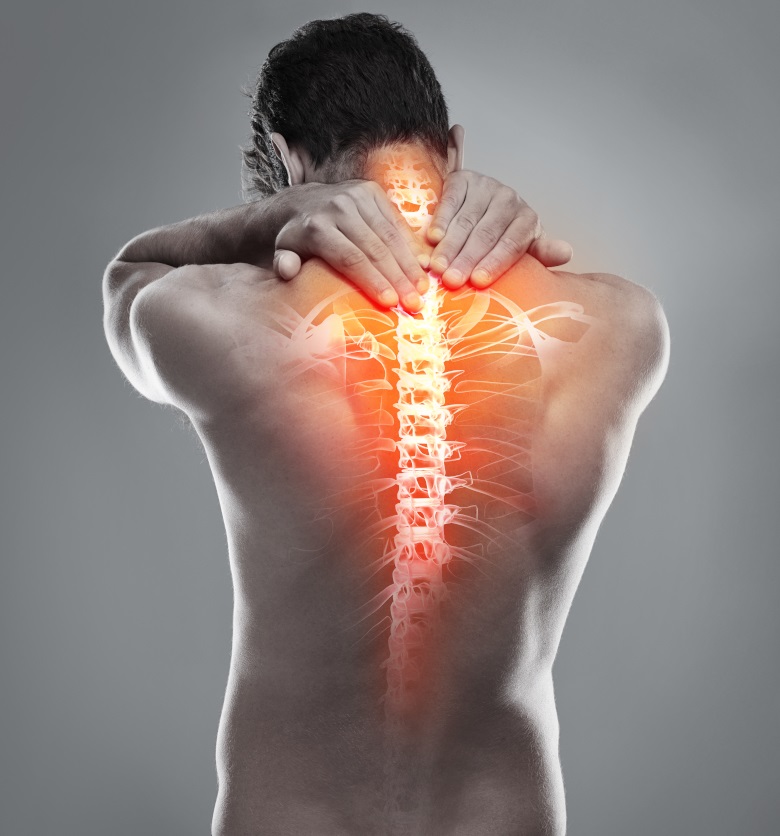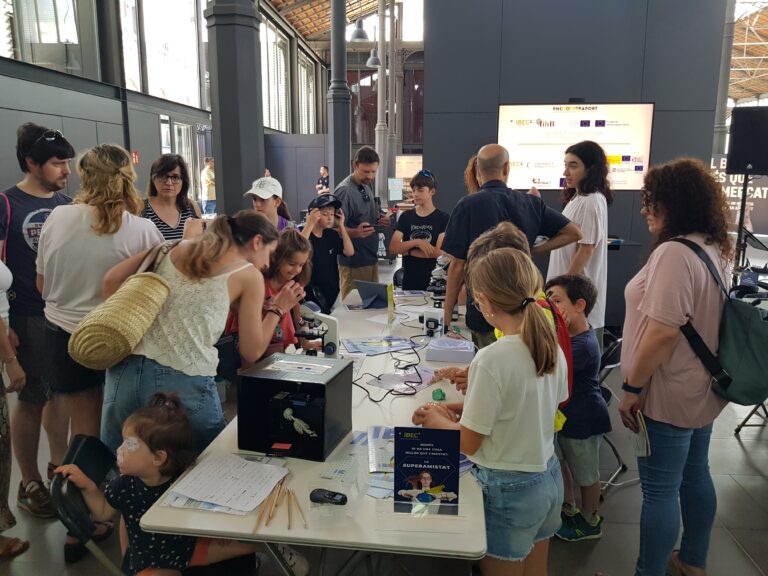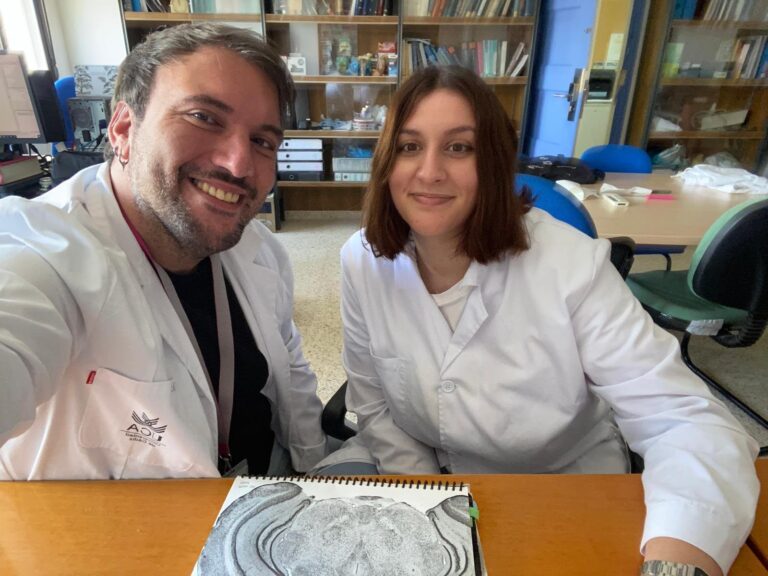Researchers from PHOTOTHERAPORT Project have developed light-activated derivatives of the anti-epileptic drug carbamazepine to treat neuropathic pain. These compounds, which show analgesic effects when activated by light, can inhibit nerve signals locally and on demand.

A team of PHOTOTHERAPORT researchers at the Institute for Bioengineering of Catalonia (IBEC) and the University of Cádiz have developed photoswitchable derivatives of carbamazepine, a widely used anti-epileptic drug in medicine for treating certain types of neuropathic pain, such as trigeminal neuralgia. The study was recently published on the prestigious journal Angewandte Chemie.
The derivatives synthesised, which have an analgesic effect, are activated at light wavelengths corresponding to the amber colour, which allows them to pass through tissue and bone using conventional halogen lamps. This way, they are able to inhibit nerve signals locally and on demand.
Both compounds, carbazopine-1 and carbadiazocine, show photopharmacological activity, allowing the activity of hippocampal neurons and the locomotion of zebrafish larvae to be reversibly controlled by light. These in vivo experiments make it possible to observe anxiety-related behaviours reflected in sudden swimming movements.
“When we illuminate larvae that have uptaken these compounds with a certain wavelength, the drug is activated, and the larvae move faster. If we change the wavelength, their movement slows down again, demonstrating the reversible effect of the compound on the nervous system”.
Luisa Camerin, IBEC researcher and first author of the study
Carbadiazocine has also been shown to have analgesic properties: “In rat models developed in the laboratory of Esther Berrocoso at the University of Cadiz, we have observed that carbadiazocine has an analgesic effect on neuropathic pain without any signs of anaesthesia, sedation or toxicity. These results demonstrate a simple and convincing treatment with non-invasive illumination,” explains Pau Gorostiza, principal investigator at IBEC.
Neuropathic pain is caused by lesions or diseases of the somatosensory system, such as lumbar radiculopathy (“sciatica”), diabetic neuropathy and chronic post-operative pain. The treatment of this type of pain often requires opioids, which are stronger analgesics than the usual NSAIDs (Non-steroidal anti-inflammatory drugs) – such as paracetamol and ibuprofen. However, their use is controversial due to their inconsistent efficacy, the need for high doses that can lead to tolerance and addiction, and systemic side effects such as constipation, nausea, dizziness and drowsiness.
In this context, light-based therapies are becoming increasingly important in medicine because of their ability to target specific regions of the body, increasing treatment efficacy and reducing the side effects of systemic drugs.
The team is already working on the next step in this project, which will involve activating drugs using infrared light, which penetrates deeper into tissue, and using portable light sources such as lasers or light-emitting diodes (LEDs).
Referenced article:
Luisa Camerin, Galyna Maleeva, Alexandre M. J. Gomila, Irene Suárez-Pereira, Carlo Matera, Davia Prischich, Ekin Opar, Fabio Riefolo, Esther Berrocoso, and Pau Gorostiza. Photoswitchable Carbamazepine Analogs for Non-Invasive Neuroinhibition In Vivo. Angewandte Chemie (2024). DOI: https://doi.org/10.1002/anie.202403636



